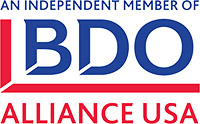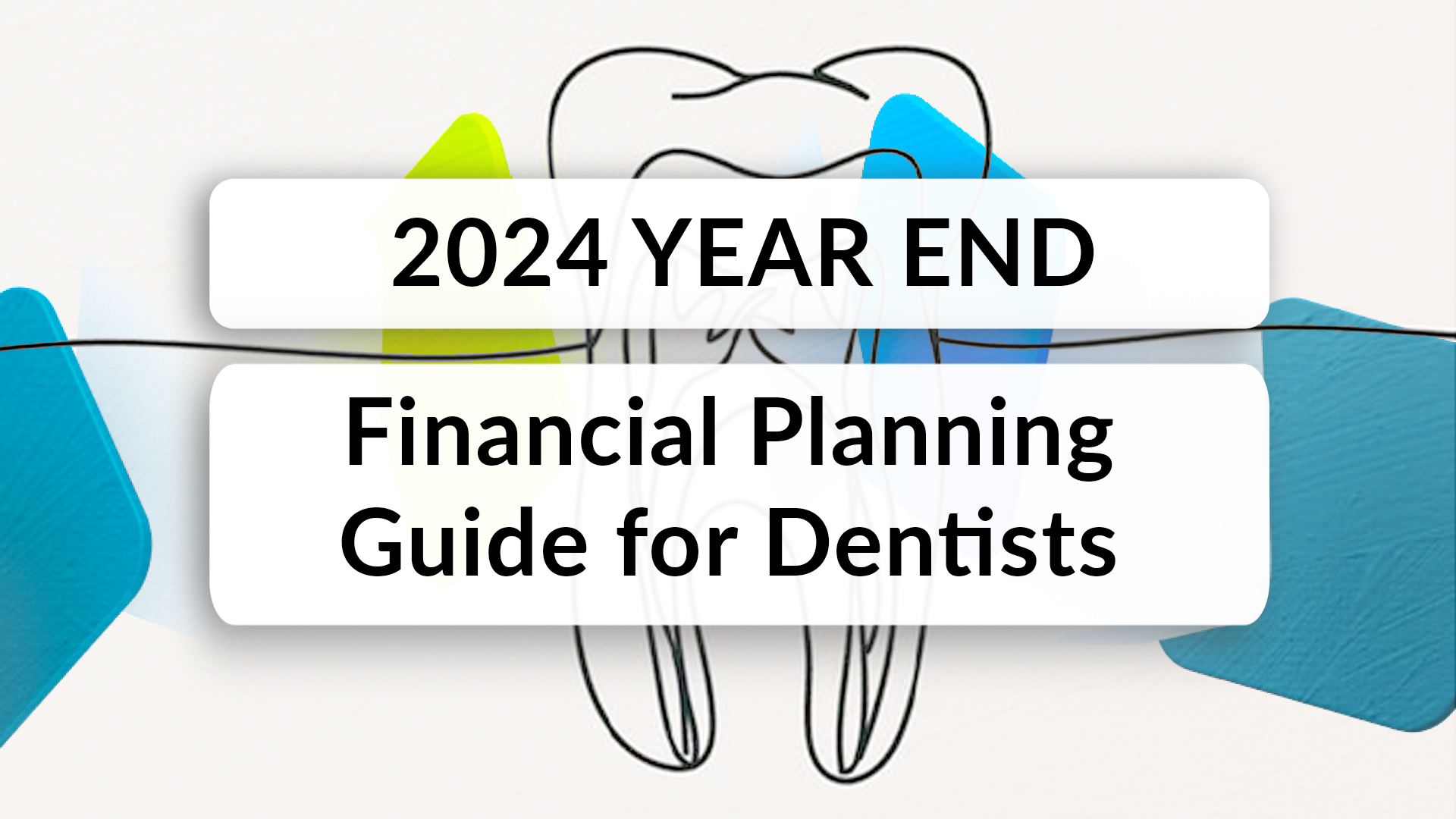
Normally, in my life, I try to plan things out in advance. I always have tasks marked on my calendar or my to-do list, and try to be prepared for what may be around the corner. This is probably the case with most accountants, and of course is true for the regulatory bodies that create new accounting standards. They sometimes take years to issue final standards. The effective date of a final standard may not be applicable until several years in the future, especially when it stands to have a more significant impact on the accounting world. That has been the case with the new revenue recognition standard that was originally issued in 2014.
We have been lectured on this standard and have discussed the implementation and overall impacts to different industries for the past five years, but with the mindset that it’s still a ways down the road so we can worry about it “next year.” Now the time is here, and it kind of feels like it snuck up on us! The revenue recognition standard is effective this year for public companies and will be effective in 2019 for non-public companies. So if you are not thinking about how the new standard will affect your business, or what changes need to be made within your accounting system, then you are behind the curve.
The new standard will have a significant impact on accounting in most industries. If you have longer term agreements, some revenue may have to be recognized before delivery. If you are a franchisor and have agreements with your franchisees, that revenue now has to be recognized over the term of the agreement. If there are incentive payments or discounts based on a future event, you have to estimate that amount in advance and recognize a portion of it at the onset of the project. If you have membership dues, those should be recognized based on the “benefit” that member is receiving, and not necessarily straight-lined through the year.
There are many questions to consider with this standard, and it is very complex. Please reach out to us if you want to do a deeper dive into understanding the direct impacts on your business, and how you should go about preparing for those changes now, so that this standard doesn’t catch you “waiting until next year.”



